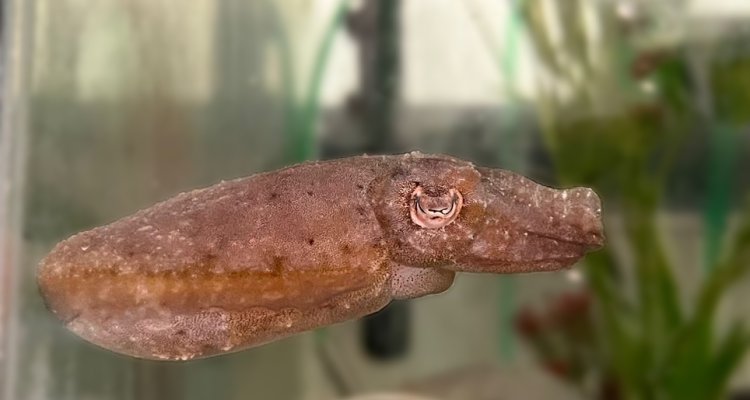
Project
Understanding the functional morphology and evolutionary drivers of Decapodiformes suction cups
Coleoid cephalopods, including cuttlefish, squid and octopus, all possess versatile suction cups that play crucial roles during various behaviours such as prey capture and object manipulation. These muscular suction cups have a distinct morphology and can be found on the arms and the tentacle clubs of cuttlefish and squids (Decapodiformes).
PI: Guillermo Amador
Decapodiformes suction cup morphology is highly diverse, which is hypothesized to be an adaptation to prey type. Moreover, variation in suction cup morphology is not limited to distinct species and differences in morphology can also be found within an individual. Although, considerable research has been performed on octopus suction cups, the Decapodiformes are able to produce higher suction forces, making them potentially interesting for bioinspired design. Nevertheless, the functional morphology of Decapodiformes suction cups remains to be elucidated. In this project we aim to understand the evolutionary drivers and functional morphology of various Decapodiformes suction cups.
For this we will use a multidisciplinary approach, including electron microscopy, micro computed tomography and highspeed video recordings. Our findings will improve our mechanistic understanding of suction cup attachment and provide valuable information for bio-inspired designed suction cups.
If you are interested in my project and would perhaps like to do a Master / Bachelor thesis with me, do not hesitate to contact me or via ezo.thesis@wur.nl.